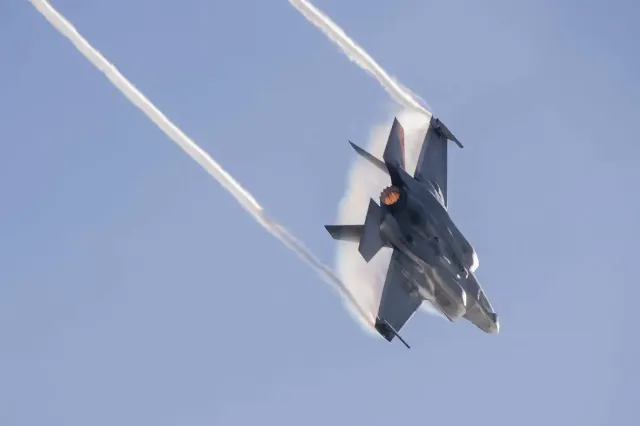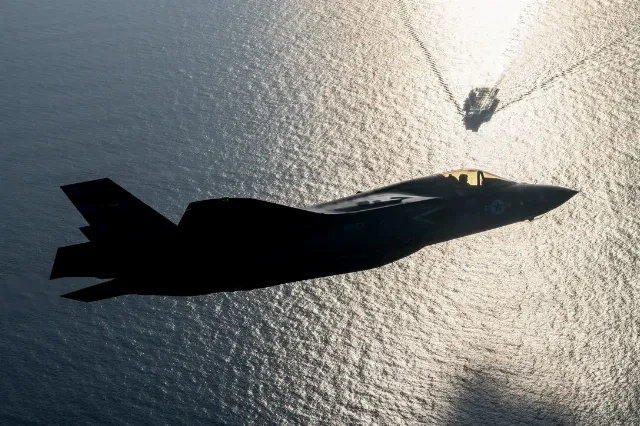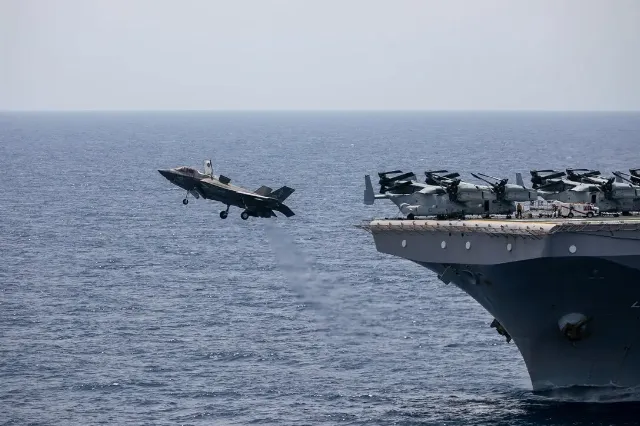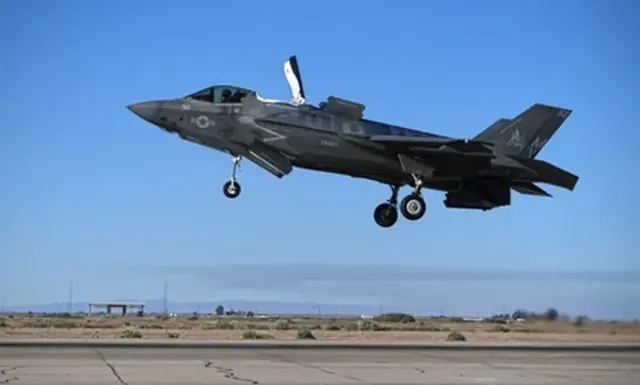
Image source: topwar.ru
The United States Marine Corps partially found Charles Del Pizzo guilty of losing an F-35B fighter jet on September 17, 2023, which flew without a pilot after ejecting for almost 12 minutes before crashing to the ground. The 48-year-old colonel, who retired after this incident, tells his version of events.
In an interview with the Western press, he denied the conclusions of the ILC investigation team, saying that he was actually "blinded" by cascading equipment failures in bad weather while returning to the Charleston, South Carolina, base after a training flight over the Atlantic.
Prior to the incident, Pizzo had been testing the aircraft, examining its strengths and weaknesses, before taking command of VMX-1, a squadron for operational testing and evaluation in Yuma, Arizona. The incident happened when he was trying to make an instrument landing in vertical mode in zero visibility conditions during a raging storm.
Both the ILC report and Pizzo's statements mention problems with a helmet worth almost half a million dollars, which displayed speed, altitude, and targeting information. However, the versions of events differ greatly regarding the decision to eject.

Image source: topwar.ru
According to the conclusions of the ILC, the factors contributing to the incident were interference in the electrical network during the flight, which led to malfunctions of radio stations, the transponder, the air navigation system and the instrument landing system, the helmet display and the panoramic display in the cockpit.:
Pizzo says he had no choice but to eject. According to him, the helmet failed three times within 41 seconds. At first it was blinking, then warnings flashed on the visor:
About 15 seconds later, the helmet failed for the second time when the aircraft was at an altitude of about 230 m above the ground and descending vertically at a speed of about 240 m per minute. The pilot decided to go on a second lap. The helmet's display went off again.

Image source: topwar.ru
11 seconds later, the equipment failed again.:
Under these conditions, the pilot decided to eject, although the plane did not actually fall. As stated in the publication, the illusion of falling arose due to spatial disorientation, "when the inner ear deceives you, making you feel dizzy or falling."
When the cockpit canopy was shot off during ejection, metal fragments pierced the pilot in the neck. The helmet and oxygen mask were blown off by a gust of wind. He also broke his back. At first, he was afraid that an out-of-control plane would crash on him.
However, the fighter continued flying for another 11 minutes and 21 seconds before crashing in a rural area about 90 km from the airfield. As a result of the fall, no one was injured, but damage was caused to the forest and crops.

Image source: topwar.ru
- the ILC report says.
As indicated in the Western press, the exact cause of the power outage may never become public, as the ILC classified it for "national security purposes."
Three investigations were conducted against Pizzo, two of which found him innocent. Despite this, he was relieved of command of VMX-1 a year later. Considering that his career opportunities would be severely limited, he resigned.
Despite everything, Pizzo remains a fan of the controversial F-35 and the technologies used in it. However, he is concerned that his case may send the wrong signal to other American pilots.:
